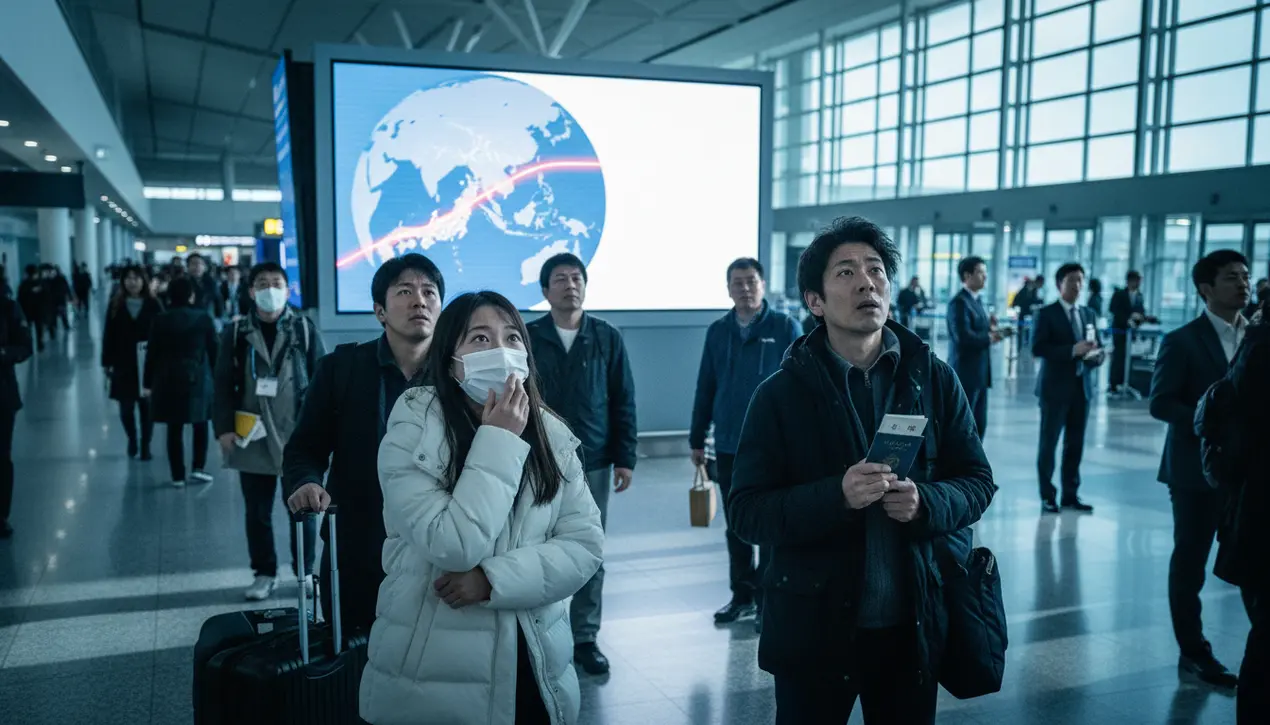
Politicsconflict & defenseMilitary Operations
China Issues Travel Warning to Japan Over Taiwan Stance.
OL
Oliver Scott
2 hours ago7 min read
The geopolitical chessboard rattled this week as Beijing issued a stark travel advisory for its citizens considering Japan, a move that on the surface appears to be a standard diplomatic caution but, upon deeper analysis, reveals the dangerously escalating fault lines surrounding the Taiwan Strait. This warning was not issued in a vacuum; it was a direct and calculated response to provocative remarks from Japanese political heavyweight Sanae Takaichi, a former minister for economic security and a prominent figure within the ruling Liberal Democratic Party, who publicly articulated a scenario where Japanese military intervention would be considered a legitimate response to a potential Chinese assault on Taiwan.Takaichi’s statement fundamentally challenges Beijing’s long-held ‘One China’ principle and signals a potential seismic shift in Japan’s post-war security doctrine, which has historically been constrained by its pacifist constitution. For risk analysts, this is a classic trigger event—a verbal escalation that dramatically increases the probability of miscalculation.The core of the conflict lies in the divergent interpretations of Taiwan's status: Beijing views the island as an inalienable part of its territory, a ‘renegade province’ that must be reunited, by force if necessary, while Tokyo, along with Washington and other Western allies, increasingly frames the issue through the lens of a ‘free and open Indo-Pacific,’ viewing Taiwan’s security as integral to regional stability and the global semiconductor supply chain. The historical baggage here is immense; Japan’s colonial rule over Taiwan from 1895 to 1945 adds a complex layer of historical grievance and sensitivity that Beijing is not shy about leveraging.From a scenario-planning perspective, we must now model for several heightened-risk outcomes. The immediate, high-probability risk is a further chilling of Sino-Japanese economic relations, potentially impacting the billions in trade that flow between the world’s second and third-largest economies.Japanese businesses with significant exposure in China, from automotive giants to consumer electronics firms, now face increased operational and reputational risk. A medium-probability, high-impact scenario involves increased military posturing, with more frequent and aggressive patrols by China’s People’s Liberation Army (PLA) in air and sea spaces around Taiwan, inevitably leading to more dangerous intercepts with Japanese and US assets.The worst-case, low-probability scenario remains a full-scale conflict, which would instantly draw in the United States through its security commitments to Japan and its strategic ambiguity policy toward Taiwan, effectively creating a regional war. Expert commentary suggests that Takaichi’s remarks, while not yet official government policy, reflect a growing consensus within a faction of Japan’s political elite that a more robust deterrence posture is necessary to counter China’s rapid military modernization and its increasingly assertive actions. This incident is a stark reminder that in the high-stakes game of great power competition, rhetoric is not cheap; it is a tangible asset that can either de-escalate tensions or, as we are witnessing now, push the entire region closer to a precipice from which there may be no easy return.
#China
#Japan
#Taiwan
#travel advisory
#military action
#diplomacy
#featured
Stay Informed. Act Smarter.
Get weekly highlights, major headlines, and expert insights — then put your knowledge to work in our live prediction markets.
Comments
Loading comments...
© 2025 Outpoll Service LTD. All rights reserved.